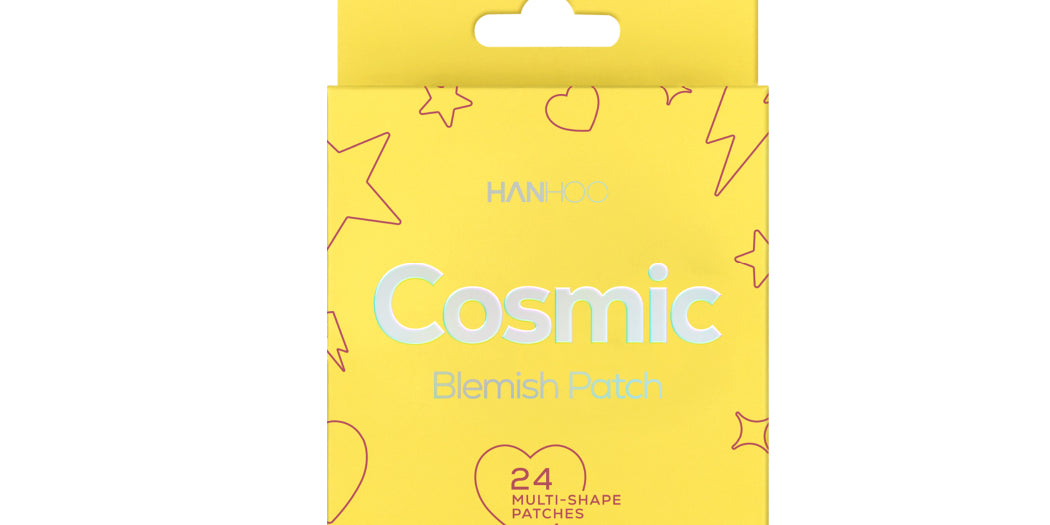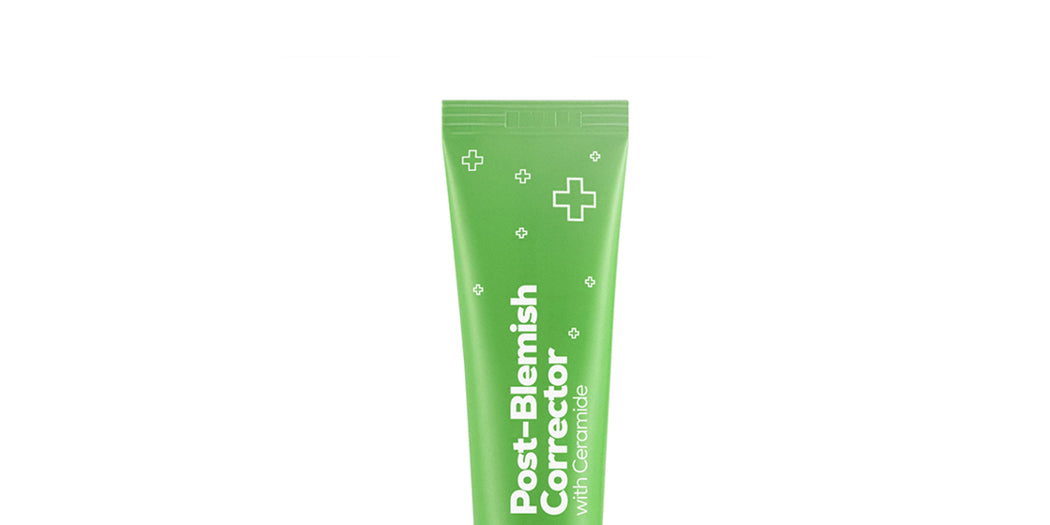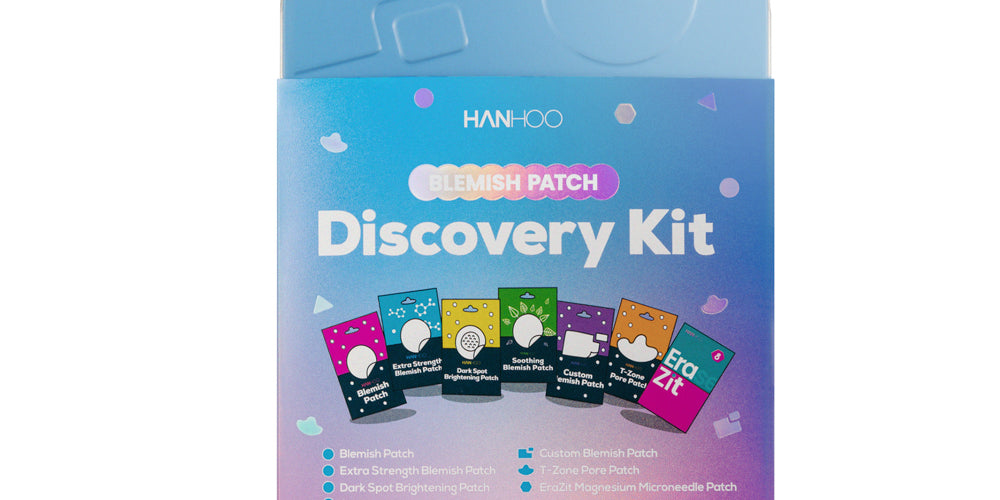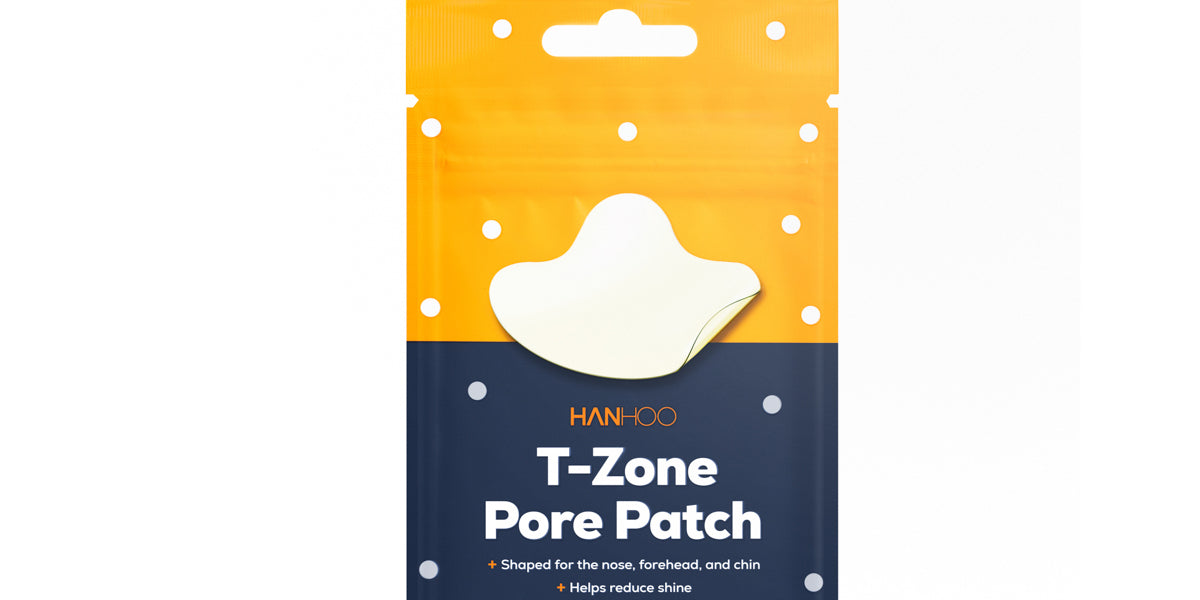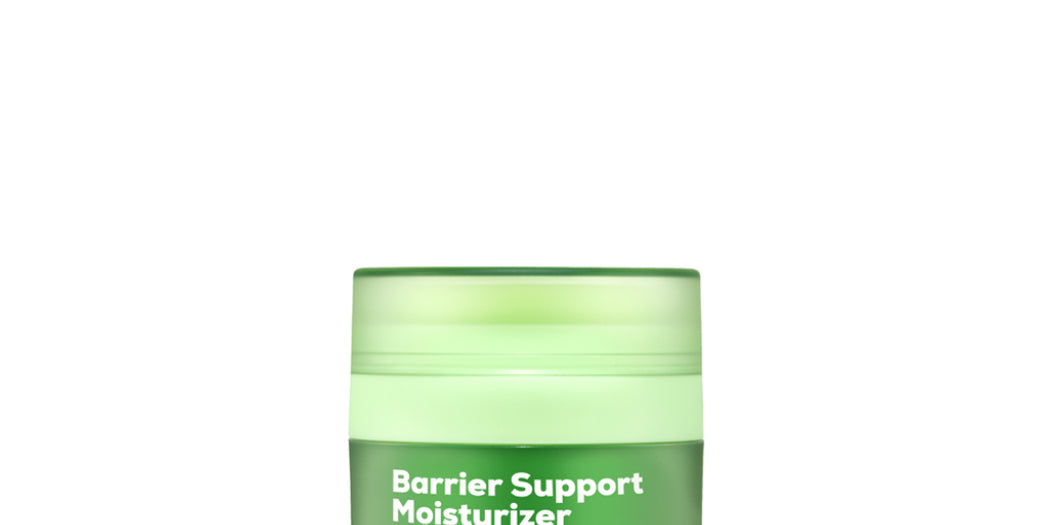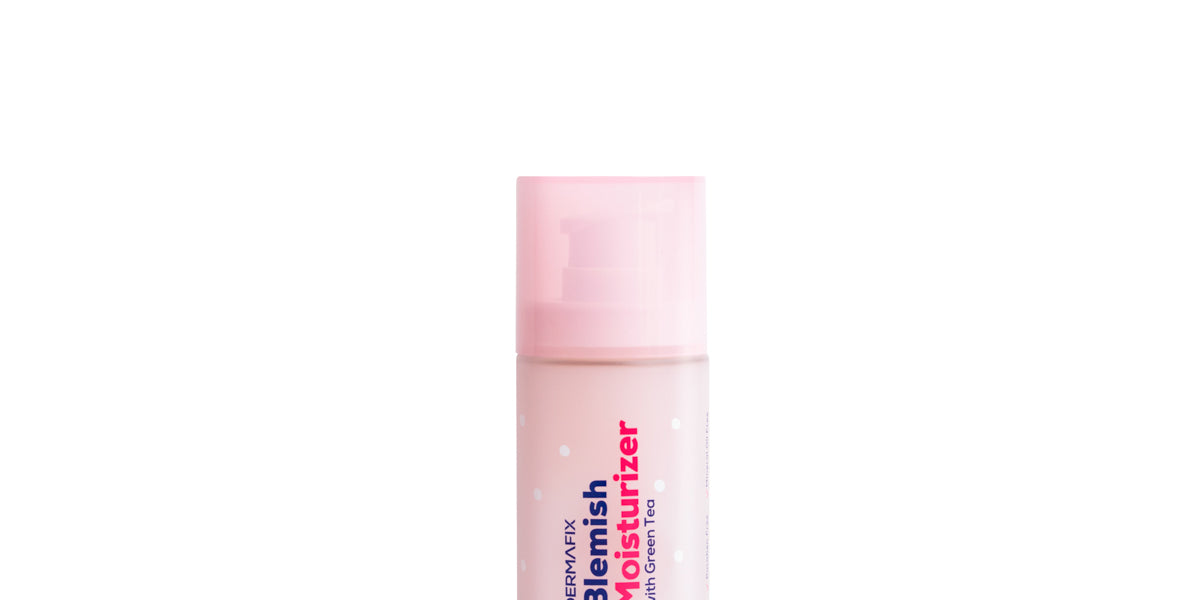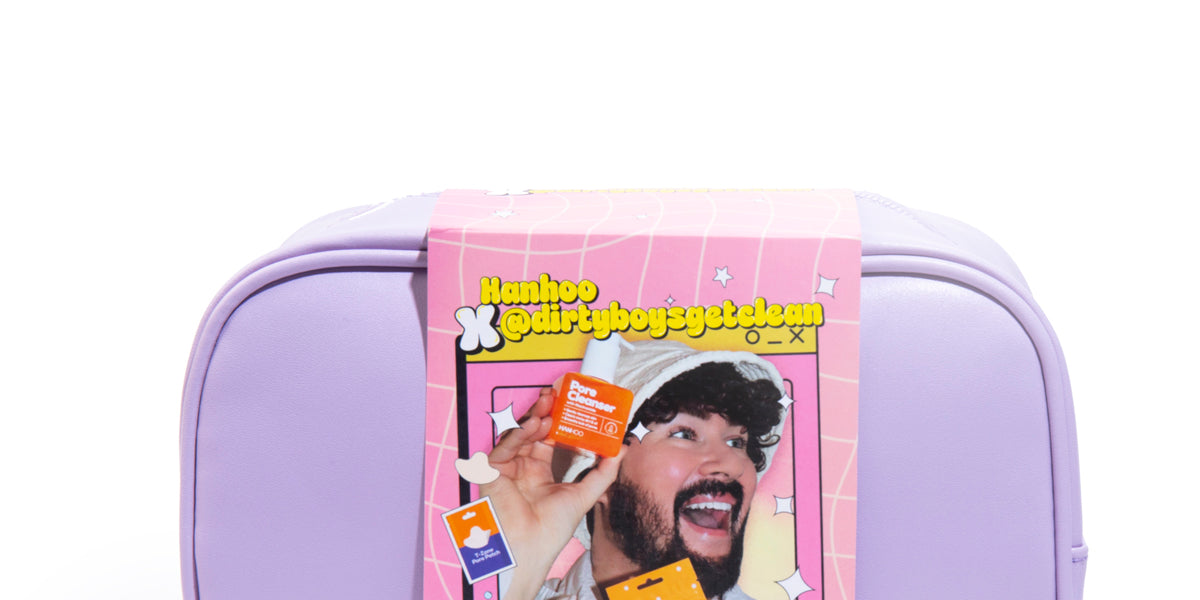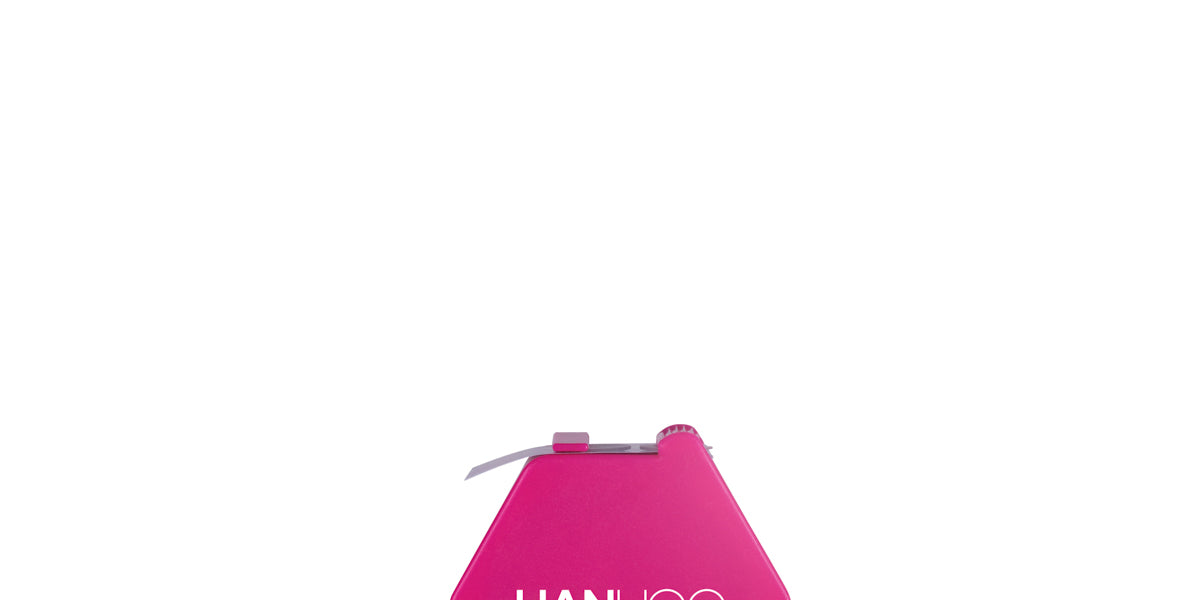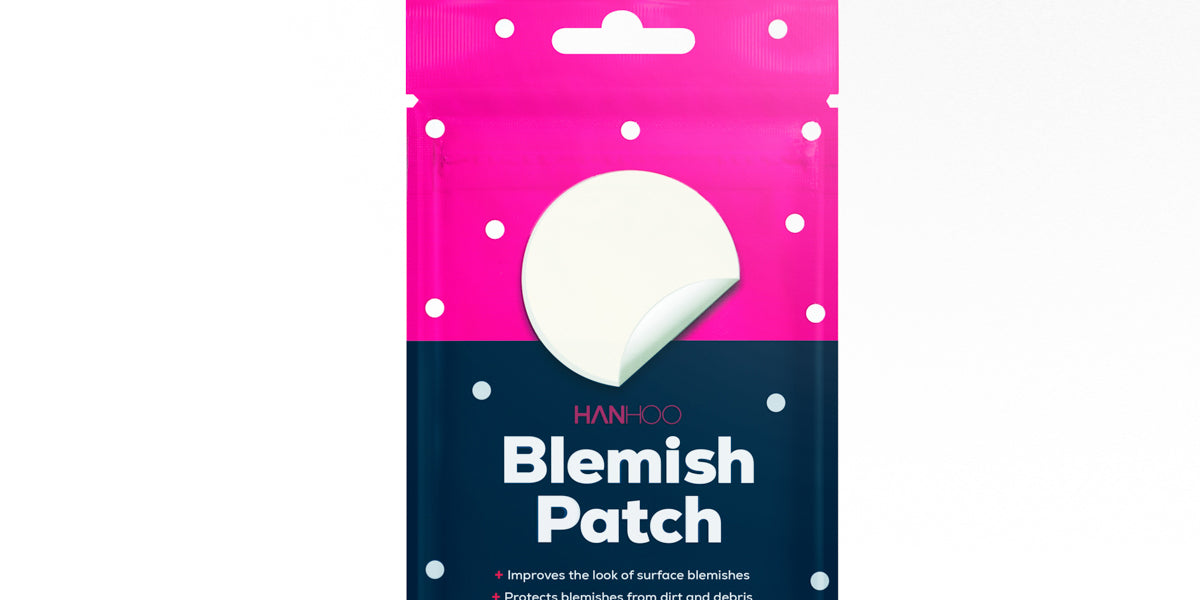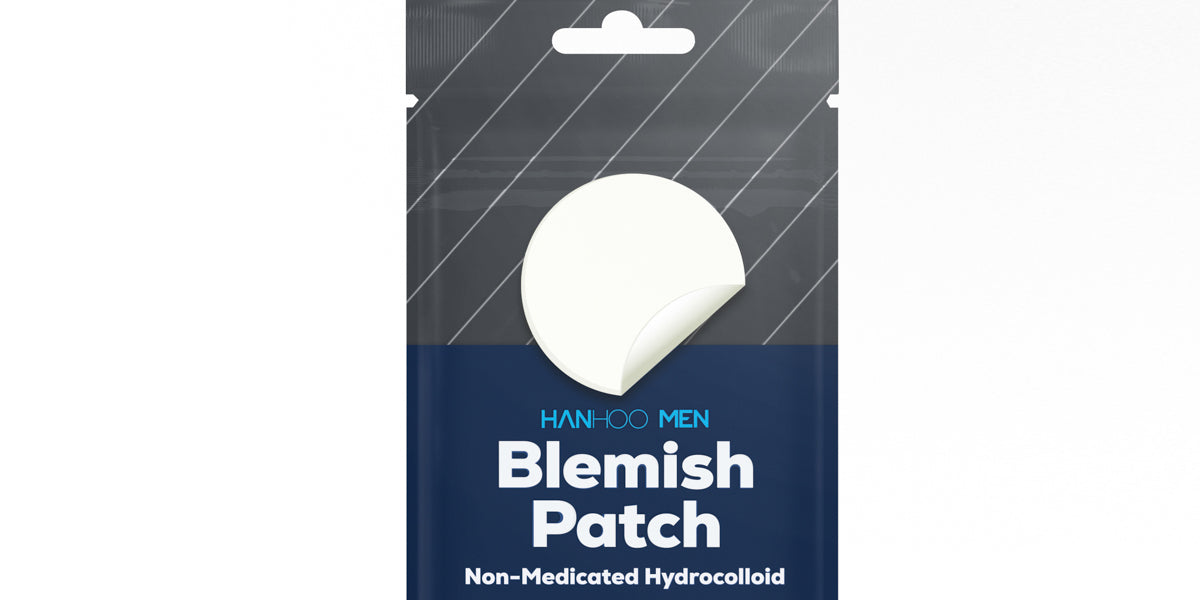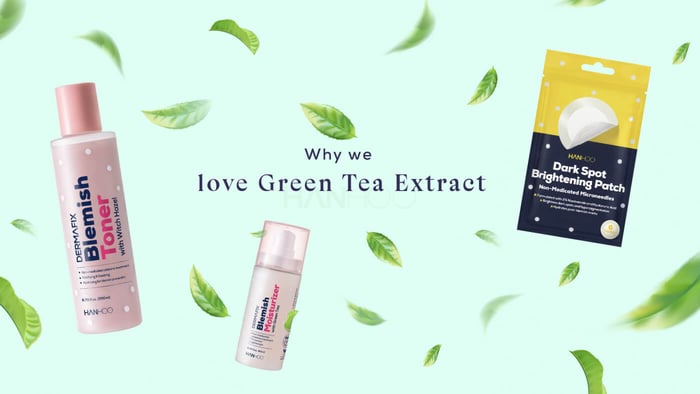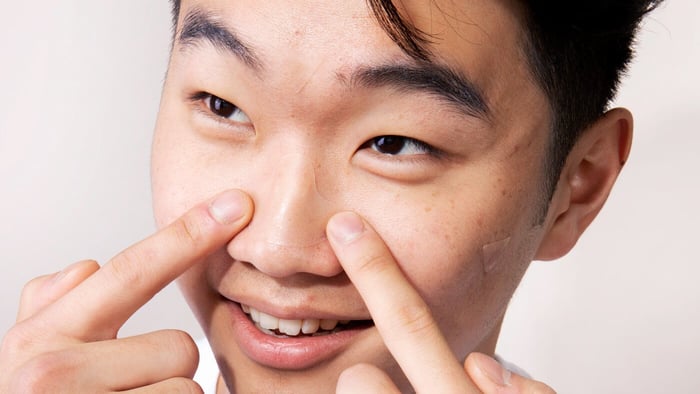It’s well known that during your menstruation you have to deal with things like cramping, bloating, and body aches. But, the fun doesn’t stop there.
You may have also noticed a pattern with your breakouts during your period. Maybe right before or during your cycle, you get a couple of breakouts. And if you already have acne-prone skin, during your period you may notice that your acne gets a little worse.
These breakouts also seem to pop up every month coinciding with your cycle. This isn't just coincidental. Period acne is quite real. Given all the hormones during your period, breakouts can be triggered by your cycle.
Fortunately, treating cycle-related breakouts shouldn’t be too different from how you treat acne-prone skin. Salicylic Acid will be your best friend, if it isn’t already, for it’s pore-cleansing properties. But, for the more stubborn and painful types of period acne, it is recommended to seek a dermatologist’s help.
How does your period trigger breakouts?
During menstruation, hormones fluctuate, specifically estrogen and progesterone. Rising progesterone levels trigger sebaceous glands to overproduce sebum. Sebum is basically the oily stuff secreted to moisturize and protect the skin.
While sebum is important to keep the skin protected, an excess production of sebum can lead to breakouts. Too much sebum can end up getting clogged in pores, where it then mixes with dead skin cells (and sometimes bacteria) to become a pimple.
Additionally, this extra production of oil on your face can also result in blackheads. Blackheads are what happen when a pore becomes clogged with excess sebum and dead skin. The open pore, exposed to oxygen, then develops a black color, hence the term blackhead.
Where does period acne appear?
Hormonal breakouts tend to appear on the chin and jaw area, and typically manifest as the deep, and sometimes painful bumps (also known as cystic acne).
With tons of sebaceous glands on the lower half of the face, it unfortunately makes sense that excess sebum from sebaceous glands would cause breakouts on this area of the face.
It’s also important to note that while you shouldn’t pop pimples in general, it’s especially important that you don’t try to pop cystic pimples. Since this type of acne is deep in the skin, trying to pop it can cause more inflammation and only irritates the skin further. So if you thought a cystic pimple was already painful, it’ll be more so after trying to pop it.

How to treat period acne
While it may be difficult to stop the occurrence of period acne since its triggered by hormone fluctuations, it can be helpful to follow these tips to help manage period-related breakouts:
- Incorporate Salicylic Acid into your routine
Salicylic Acid gets deep into pores to help clean out (exfoliate) gunk trapped in pores. By using a Salicylic Acid based product (like a cleanser or exfoliant), you can help minimize the excess sebum on your skin. Getting rid of the extra oil can help calm down breakouts by preventing the sebum from getting trapped in pores in the first place.
- Avoid oil-based products
Given that your skin is already over-producing oil during this time, it’s best to go with less heavy skincare. Pore clogging, oil-based products may make your whole skin situation worse during your period. When it comes to makeup, make sure to use the non-comedogenic stuff.
If you aren’t sure what kind of moisturizer will work with oilier skin, the Hanhoo Dermafix Blemish Moisturizer contains Calamine and Green Tea, both of which help reduce skin oiliness.
- Try using Retinol
While Retinol is more known for its anti-aging benefits, it’s also very useful for acne. Retinol helps increase cell turnover and unclogs pores, again helping clear out excess sebum.
- Treating existing breakouts
Even with a solid skincare routine you may still experience breakouts during your cycle, so once it’s already popped up, you can use hydrocolloid patches to help suck up the gunk from pimples. The Hanhoo Extra Strength Blemish Patch is infused with Salicylic Acid to help unblock pores and flatten pimples.
Meanwhile, the excess sebum issue can also be treated with our T-Zone Pore Patch. The patch helps by absorbing the excess oil on your skin that would otherwise get trapped in your pores.
While you can continue to treat period acne with topical treatments, sometimes it’s not enough. The painful cysts that pop up around your time of the month may need a bit more help especially if your usual acne treatments are not helping minimize this kind of acne.In this instance it's best to visit a dermatologist to see what works best for your skin.

